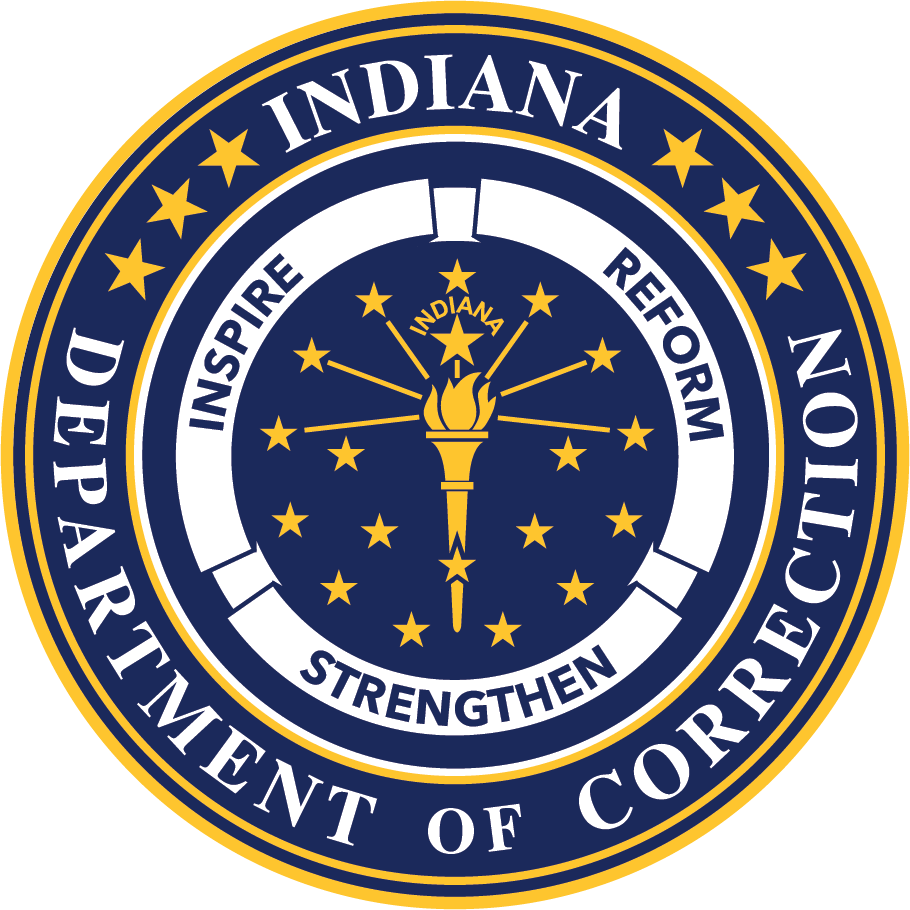Community Corrections Administration and Advisory Board
The community-based board is comprised of local criminal justice department heads or designees and stakeholders of the local criminal justice departments in addition to a victim, ex-offender, and local treatment/service providers.
The Community Corrections Advisory Board’s primary duties consist of:
- Appointing the Community Corrections Director
- Formulation of a Community Corrections Plan
- Formulation of Eligibility Criteria and Violation Criteria
- Formulation of Program Rules, Policies, and Procedures
- Administration of the Program Budget and Expenses
- Support, Monitoring, and Evaluation on the Effectiveness and Sustainability of the Community Corrections Program
Placement into a Community Corrections Program
The Community Corrections Advisory Board establishes the program’s eligibility criteria to ensure participants are appropriately placed in the program.
Cases are referred through:
- Community Corrections sentence under the Direct Placement statute IC 35-38-2.6-4.2
- As a Condition of a Probation Sentence
- As a Condition of a Parole Sentence
- Community Transition Program
- The IDOC State Work Release Contract
Program Components
What is the Difference Between Community Corrections and Probation?
Community Corrections is a more restrictive supervision environment with options to increase or reduce supervision between case management, electronic monitoring, and work placement. Due to higher risk populations, they need more interventions, programs, and treatments to reduce recidivism. Where as probation is a less restrictive supervision environment involving case management, drug testing, field checks, and sometimes electronic monitoring.
Contemporary research has demonstrated that prison incarceration and supervision alone has little impact on long-term behavior change for offenders. Indiana Community Corrections programs create a more economical and sustainable strategy for combating high costs of incarceration. It provides immediate sentence alternatives and provides long-term results by focusing on evidence-based practices through programming and treatment to support behavioral change.
